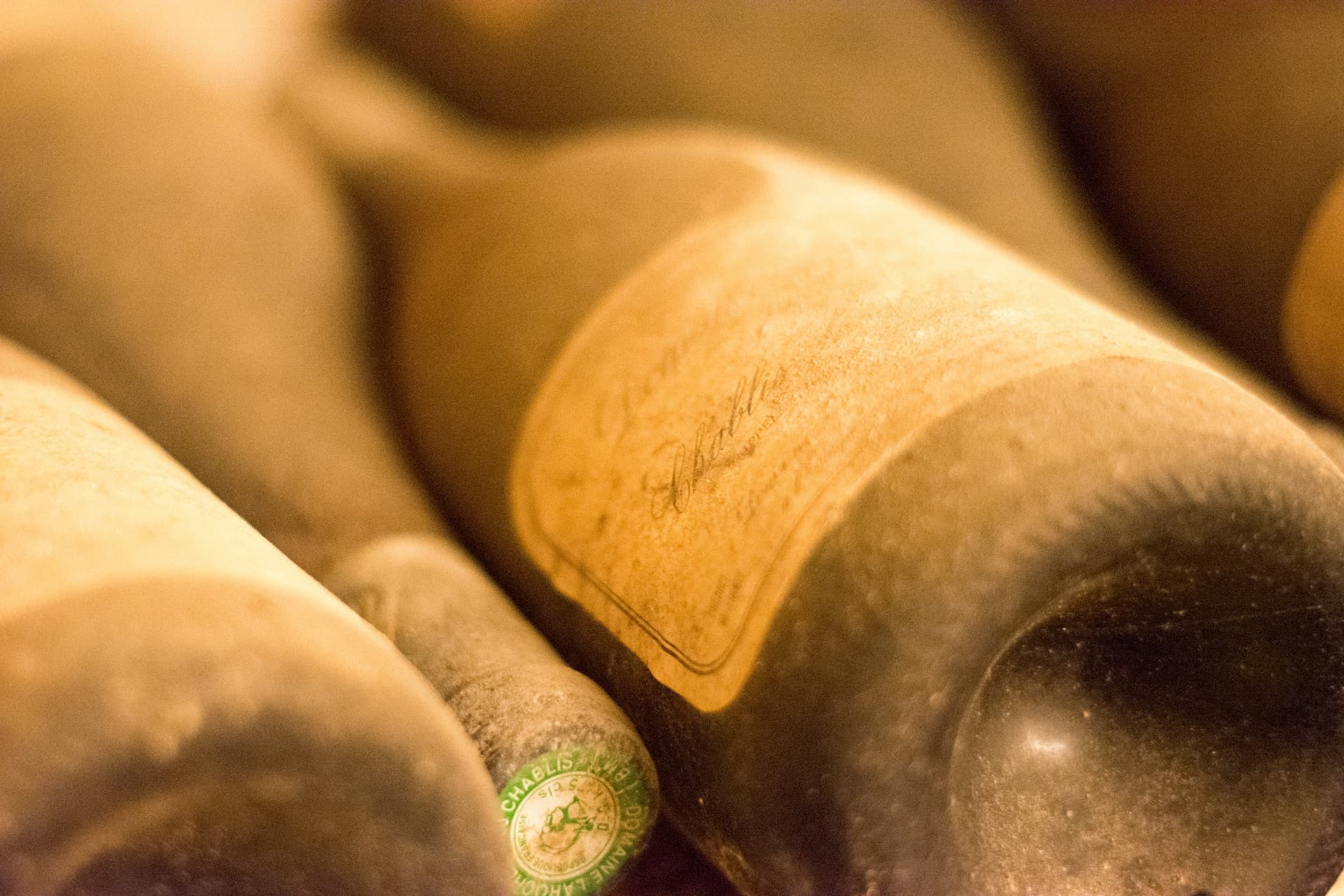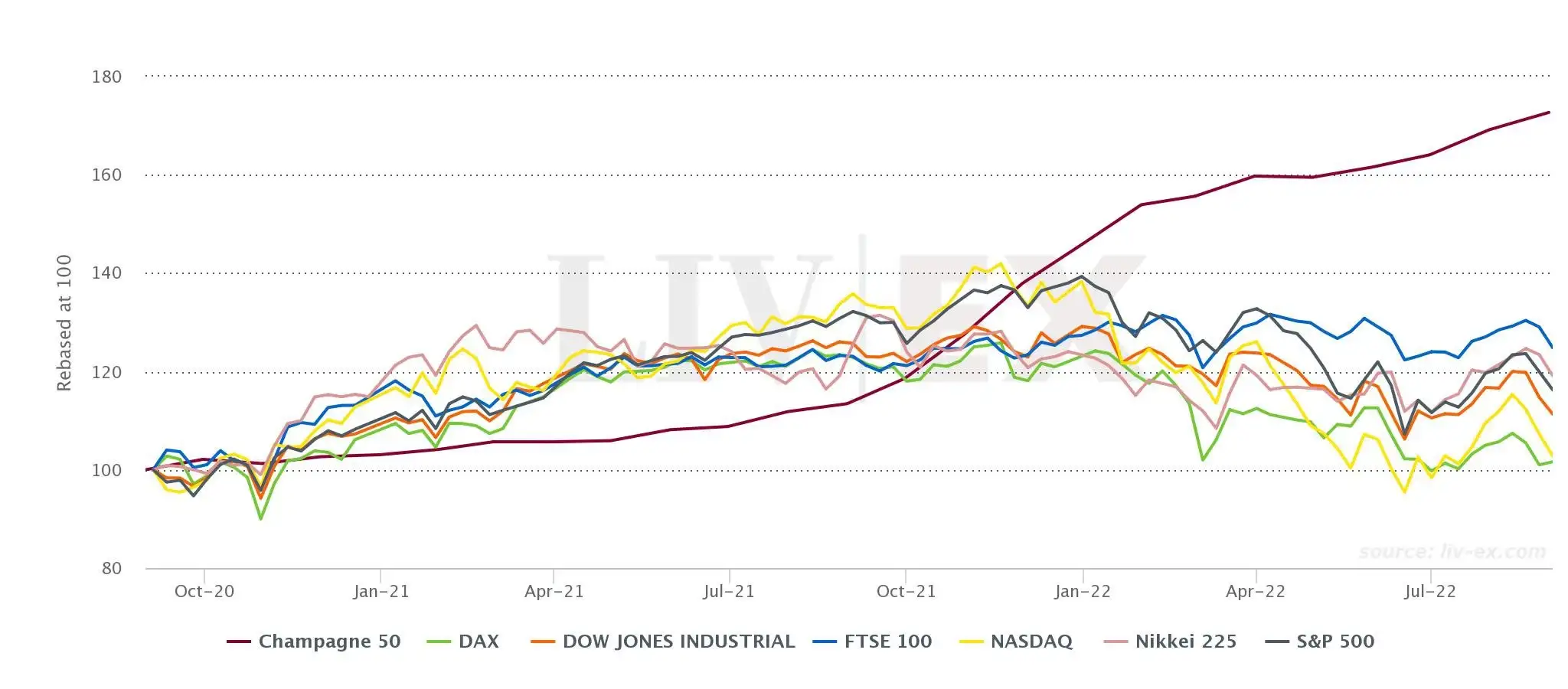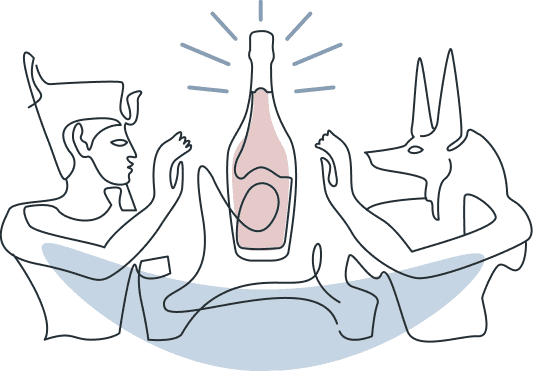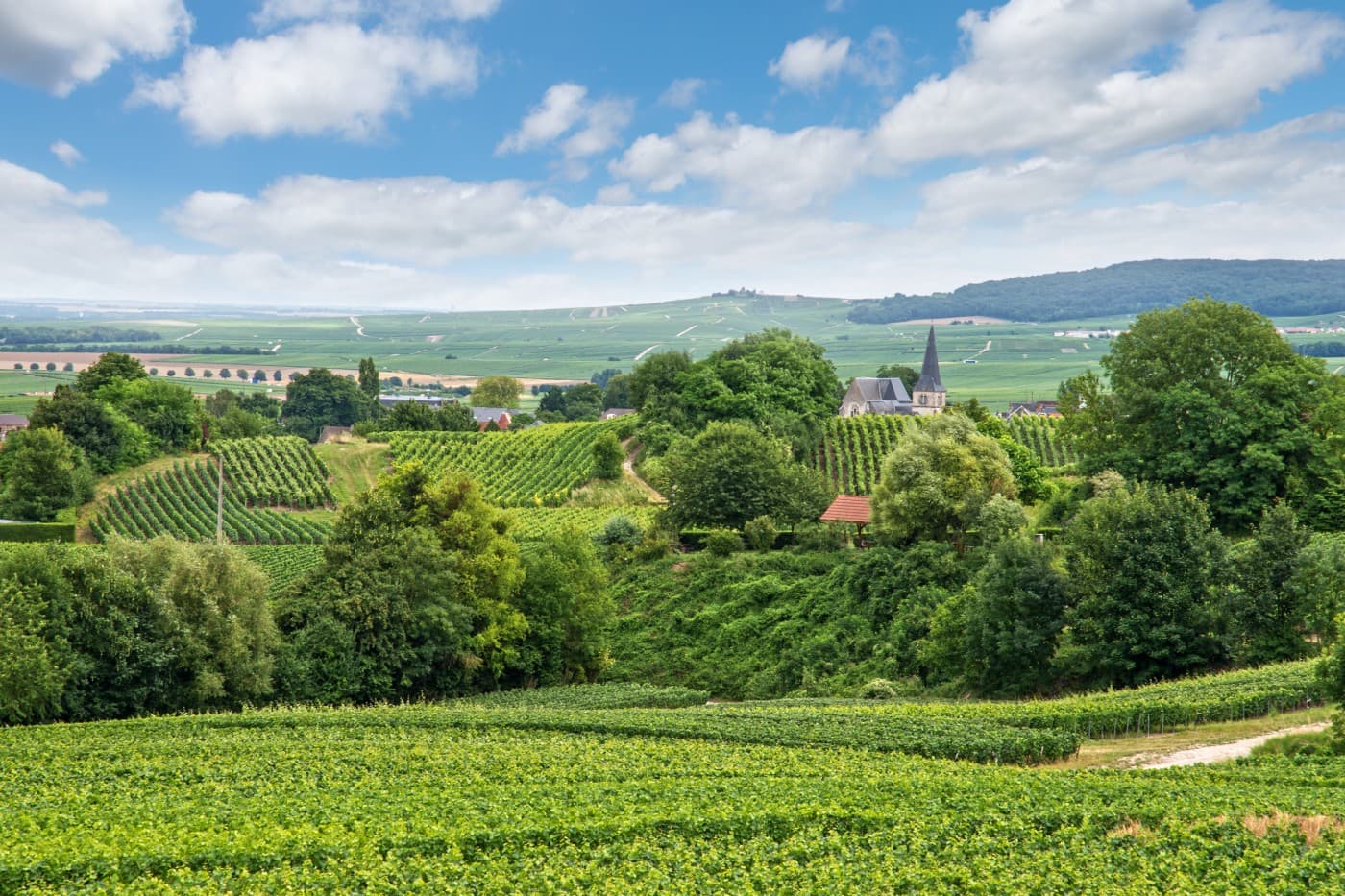
On September 1, 1729, Nicolas Ruinart founded the first Champagne house in Reims, France, aptly named Maison Ruinart. The property, which also produced the first rosé in 1764, is owned by perhaps the most prestigious luxury brand today — LVMH. As you may be aware, Champagne has become quite popular since the 18th century, serving as the celebratory beverage of choice for weddings to World Series victories.
Champagne as a region and a brand has become protected in ways bordering on comedic. In September 2021, the European Court of Justice ruled that the term Champanillo (Little Champagne) was prohibited after a chain of Barcelona tapas restaurants used this now-forbidden language in social media posts and signs outside their establishments. But upon further review, there’s a real economic impact at stake. Roughly 300M bottles of Champagne are shipped annually from 370 Champagne houses and 130 cooperatives. Any dilution of the brand would ultimately lead to the disruption of a $6B market. And if this happened, what would rappers and brunch-goers drink on the weekends?
The secondary market also craves reliability, particularly as sales have accelerated. Bordeaux and Burgundy were the only regions to surpass Champagne, which became the third most traded region by late 2022, accounting for 12.4% of secondary sales.

Yes. As it turns out, there's a secondary market for many luxury goods. While public markets have faltered, there has been a surging bull run in the Champagne market over the last two years, which has driven prices for the top 50 brands up by over 72% (as of September 2022). The top two performing bottles — both from Salon Le-Mesnil-sur-Oger (2006 & 2007) — were up over 140% in those two years.
As the market for Champagne takes off, it’s critically important to focus on an issue familiar to those in and around the fine art markets — provenance. Over time, the chain of ownership for a bottle becomes a critical factor in determining its value. Ensuring bottles haven’t been tampered with or that the origin is as stated are essential steps in the acquisition process.
And the issue isn’t simply fraud. Buyers must ensure that a bottle has been appropriately stored over time, as problems with lighting, temperature, or humidity may impact the product's quality.

As investors continue to gain exposure to unique asset classes such as wine and spirits, addressing the questions around provenance and infrastructure has the potential to help maintain the positive momentum seen in secondary market prices, particularly in Champagne. As seen above, the top 50 bottles have outpaced virtually all major public indices in the last 5 years, jumping nearly 104% as of September 2022.

Companies like Vinovest are doing a wonderful job of getting the general public acquainted with investments in wine and spirits. Investors are able to acquire, store, and insure their acquisitions through Vinovest’s platform, while regularly tracking the valuation of their portfolio. Because of their relationships with vineyards and distilleries, Vinovest is able to get favorable pricing, which certainly helps bolster returns for investors. They deliver a solution that focuses on what they estimate to be the 1% of the wine market that is investment grade. Vinovest allows clients to close out positions by either redeeming their stored investment for the real thing or by finding another buyer, which may take up to 90 days. This is a terrific solution for the primary market.
The next evolution of this concept will be creating a similar degree of transparency in secondary markets. The clearest potential solution is — stop us if you’ve heard this before — blockchain. Building a marketplace on top of a blockchain is no longer a novel concept, but when you get into the tokenization of a wine collection, with smart contracts built in to track provenance, insurance, storage history, and more, a three century old business model starts took as though it’s had a much needed facelift. For all its positives, one drawback to Vinovest is the inability for a collector to add bottles from their personal collection to a portfolio due to being unable to verify how the assets have been stored or handled.
To solve for this, a Champagne house could theoretically tokenize a bottle as soon as the muselet is wrapped around the cork. At that point, it can retain fractional ownership until the bottle meets its demise while being sprayed all over a yacht, and benefit economically from all of the secondary sales that take place along the way. Most importantly, the chain of ownership will be unbroken, meaning issues such as insurance coverage, shipping, handling, and storage will all be recorded for the life of the bottle.
Investors, of course, would benefit from this as well. By having a clear, immutable history of where each bottle in her collection has been since inception, she would be able to quickly identify any red flags when adding to their portfolio. Paired with price transparency and speed of settlement, these collections would see a dramatic uptick in liquidity as the volume of tokenized assets continues to grow and new investors enter the system. Lenders, too, will be far more interested in participating in this space given this newfound transparency, further expanding the depth of, um, liquidity in secondary markets.
This reengineered secondary market would have the ultimate benefit of reducing carrying costs for investors. Vinovest charges management fees ranging from 1.9% to 2.5%, covering insurance, storage, transportation, authentication, and active management of your portfolio, which frankly seems completely reasonable given the amount of effort involved. A client could, however, take advantage of their existing insurance policy to cover their collection and have complete control over its storage and administration, surely finding efficiencies in pricing along the way.

Reims is only about 90 minutes from Paris, but upon arrival, you’re immediately transported back in time. The Champagne houses are a decidedly traditional way to produce and age bottles, while the cellars at places like Tattinger, Pommery, and Ruinart have hardly changed over the course of centuries. As the secondary market for Champagne grows, there’s an opportunity to modernize the infrastructure to drive future growth in the region. The trustless and immutable standards of embedded provenance in blockchain may eventually drive future rewards for investors. These changes can ultimately be modernizing the legacy infrastructure of the Champagne region.